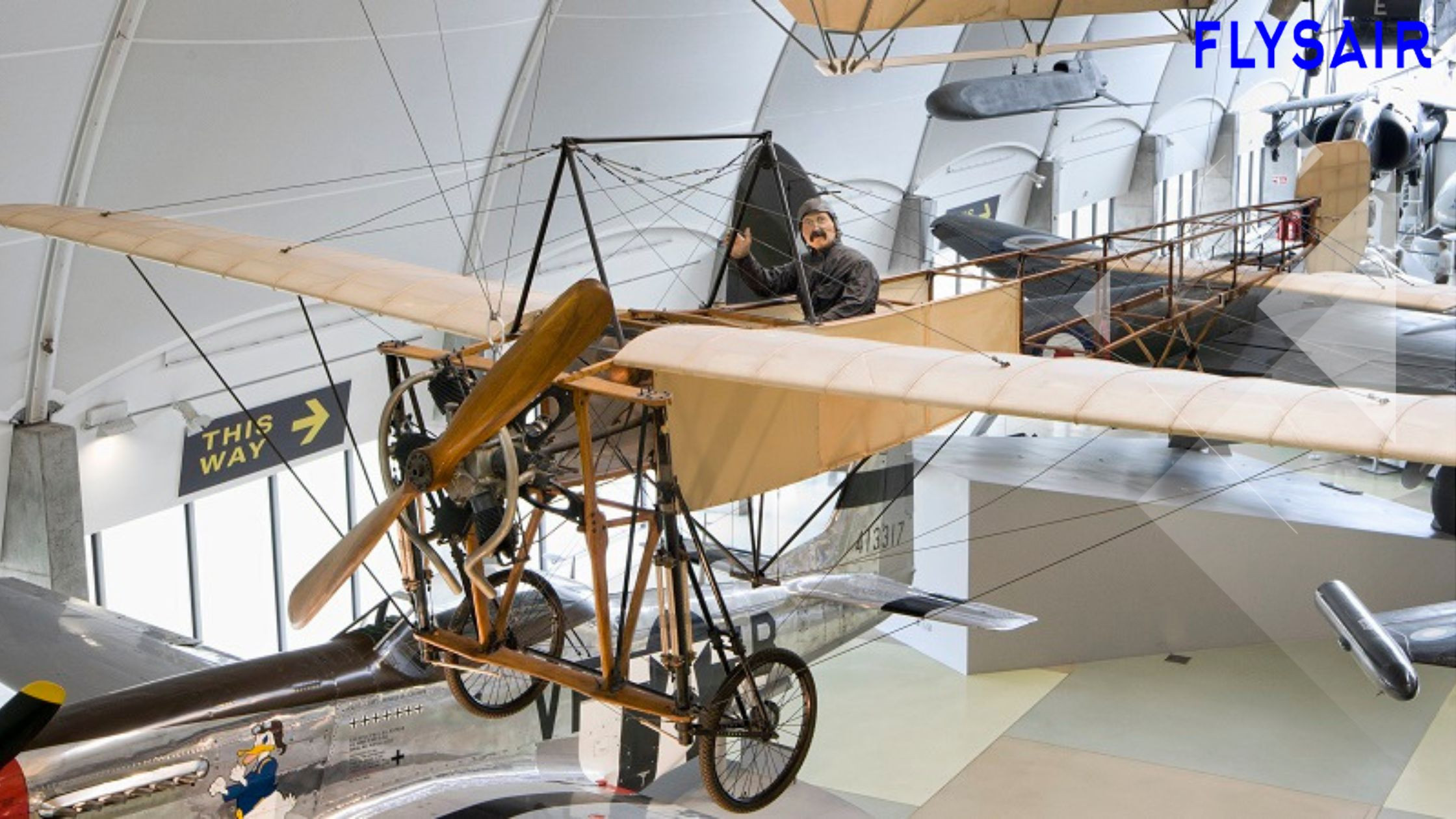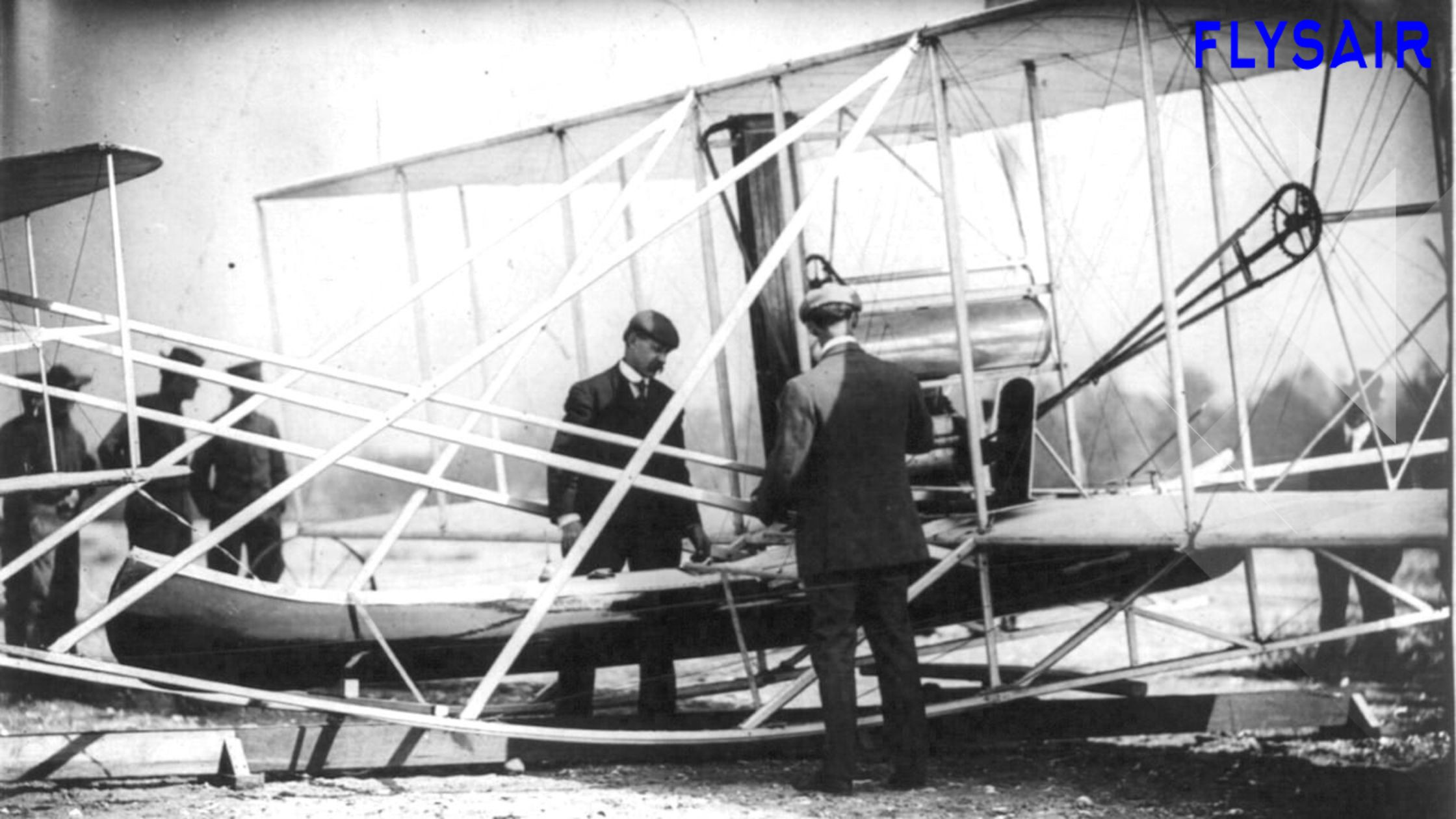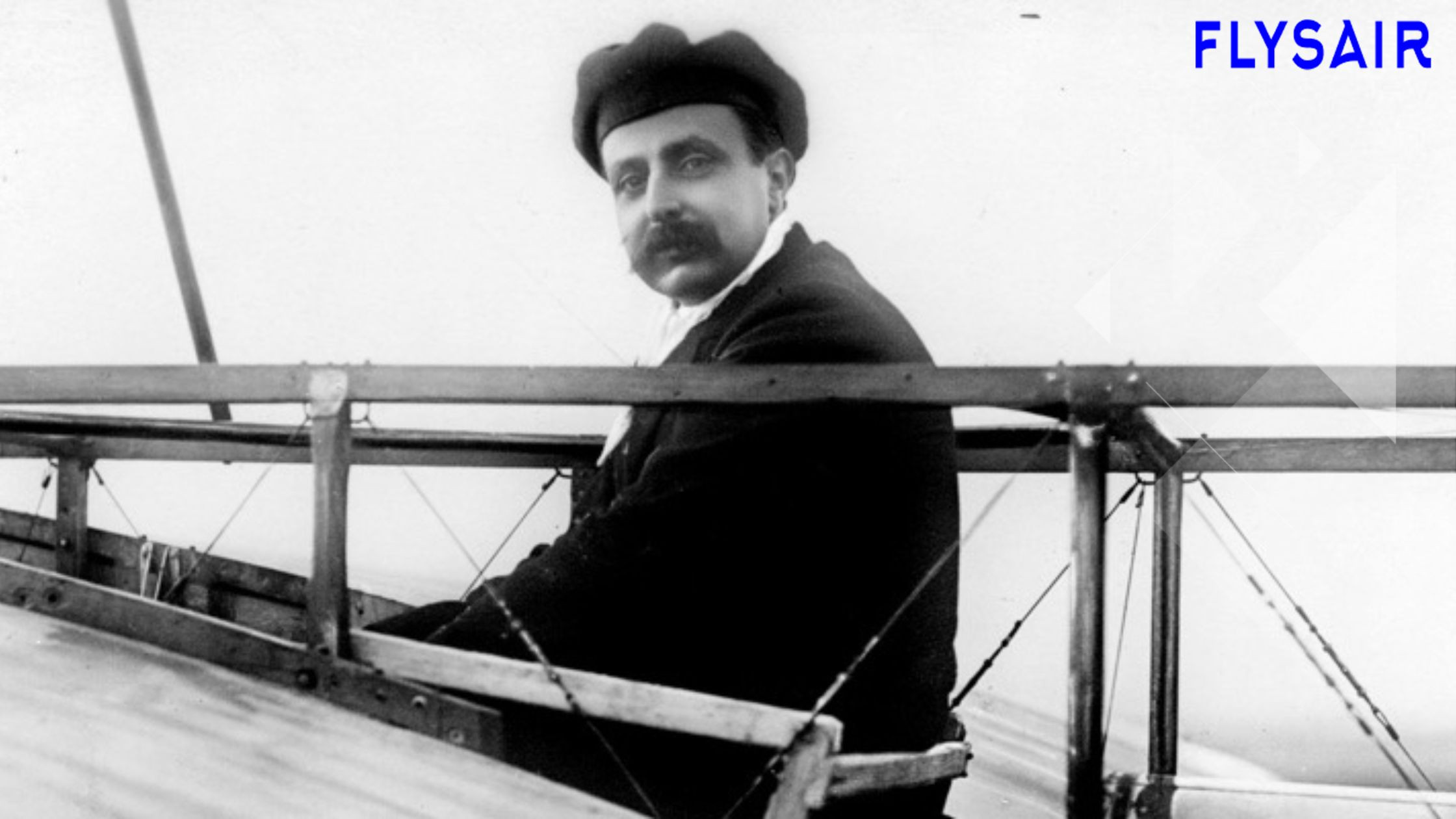A History of Air Travel: From the Wright Brothers to Modern Aviation
Posted on June 22, 2024 by Admin

A History of Air Travel: From the Wright Brothers to Modern Aviation
The history of air travel is a fascinating journey of human ingenuity and technological advancement. From the early experiments of the Wright brothers to the sophisticated modern aviation industry, the evolution of air travel has transformed the way we connect and explore the world. This blog explores the significant milestones and advancements in the history of air travel, highlighting key moments that have shaped the industry.

The Dawn of Aviation: The Wright Brothers
The history of air travel began with the Wright brothers, Orville and Wilbur Wright, who are credited with inventing and building the world's first successful airplane. On December 17, 1903, in Kitty Hawk, North Carolina, the Wright brothers made their first powered, controlled, and sustained flight. The aircraft, named the Wright Flyer, flew for 12 seconds and covered a distance of 120 feet. This historic flight marked the beginning of a new era in human transportation.
Early Developments in Aviation
Following the Wright brothers' success, early aviation saw numerous pioneers and inventors making significant contributions to the history of air travel. In 1909, Louis Blériot became the first person to fly across the English Channel, demonstrating the potential of air travel for crossing large bodies of water. The development of more reliable and efficient aircraft continued throughout the early 20th century, leading to the first commercial flights.

The Birth of Commercial Aviation
The history of air travel took a significant leap forward with the advent of commercial aviation. In 1914, the St. Petersburg-Tampa Airboat Line became the world's first scheduled passenger airline, operating between St. Petersburg and Tampa, Florida. The flight, piloted by Tony Jannus, carried one passenger and covered the 21-mile route in 23 minutes.
The 1920s and 1930s saw rapid advancements in commercial aviation, with the introduction of larger and more comfortable aircraft. In 1927, Charles Lindbergh made the first solo nonstop transatlantic flight, flying from New York to Paris in the Spirit of St. Louis. This achievement highlighted the potential for long-distance air travel and paved the way for transcontinental and transoceanic flights.
The Jet Age
The history of air travel entered a new phase with the advent of jet engines. In 1952, the de Havilland Comet, the world's first commercial jet airliner, made its maiden flight, significantly reducing travel time and increasing the comfort and convenience of air travel. The introduction of the Boeing 707 in 1958 further revolutionized the industry, making air travel accessible to a broader audience.
The 1960s and 1970s saw the rise of wide-body jets like the Boeing 747, which could carry hundreds of passengers and travel long distances without refueling. This period marked the beginning of the modern era of air travel, characterized by increased affordability and accessibility.
Must Read : How to Handle Flight Delays and Cancellations
Modern Aviation
The history of air travel has continued to evolve with advancements in technology and changes in the industry. Modern aviation is defined by the use of advanced materials, improved aerodynamics, and sophisticated avionics systems. Aircraft like the Boeing 787 Dreamliner and the Airbus A350 offer unparalleled fuel efficiency, comfort, and range.
In recent years, the focus has shifted towards sustainability and reducing the environmental impact of air travel. Innovations such as electric and hybrid aircraft, biofuels, and more efficient air traffic management systems are being developed to create a greener future for aviation.
The Future of Air Travel
The history of air travel is still being written, with exciting developments on the horizon. Concepts like supersonic travel, space tourism, and autonomous aircraft are pushing the boundaries of what is possible. Companies like SpaceX and Blue Origin are working on making space travel a reality for civilians, while startups like Boom Supersonic aim to reintroduce supersonic passenger flights.
Must Read : Airlines with the Most Comfortable Economy Class Seats
Faqs
-
1. Who were the pioneers of the first successful powered flight?
The Wright brothers, Orville and Wilbur Wright, were the pioneers of the first successful powered flight, achieving this milestone on December 17, 1903.
-
2. When did the first commercial airline begin operations?
The first commercial airline, the St. Petersburg-Tampa Airboat Line, began operations in 1914, offering scheduled passenger flights between St. Petersburg and Tampa, Florida.
-
3. What was the significance of Charles Lindbergh's flight in 1927?
Charles Lindbergh's solo nonstop transatlantic flight in 1927 demonstrated the potential for long-distance air travel and paved the way for transcontinental and transoceanic flights.
-
4. How did the advent of jet engines revolutionize air travel?
The advent of jet engines, starting with the de Havilland Comet in 1952, significantly reduced travel time, increased the comfort and convenience of air travel, and made it accessible to a broader audience.
-
5. What are some recent advancements in sustainable aviation?
Recent advancements in sustainable aviation include the development of electric and hybrid aircraft, the use of biofuels, and improvements in air traffic management systems to reduce the environmental impact of air travel.
Recent Post
- Singapore Airlines: Tips for Booking the Best Seats in Economy Class
- The World’s Busiest Airports: Managing High Passenger Volumes
- How Airlines are Enhancing Passenger Experience with Technology
- The Impact of Low-Cost Airlines on the Aviation Industry
- Top 10 Airlines for Customer Service in 2024
- British Airways: Navigating Avios Points for Free Flights
- The Unique Features of Air France’s Premium Economy Class
- The Best Airlines for Group Travel: Discounts and Services
- Tips for Traveling with Disabilities: Airline Policies and Support Services
- How to Upgrade Your Seat Without Breaking the Bank